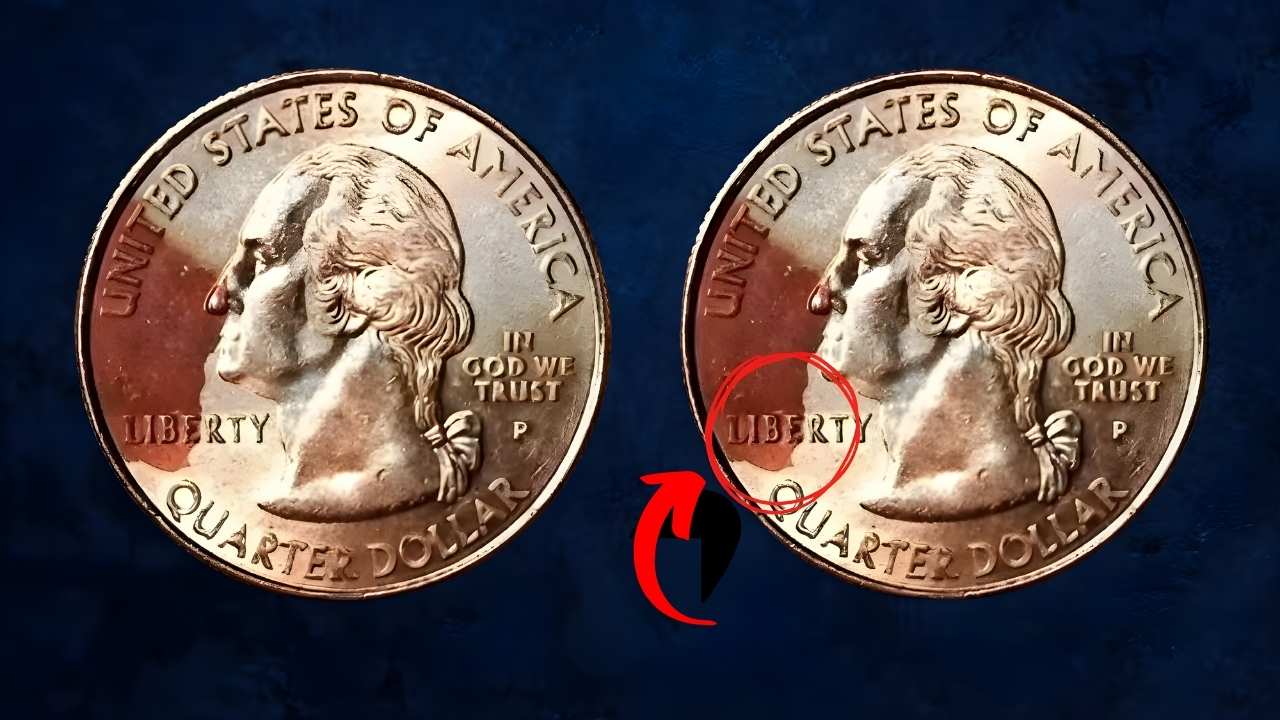The world of coin collecting is full of surprises, but few stories are as fascinating as that of the 1943 Copper Wheat Penny. What makes this small piece of metal so special is not just its age but the incredible value it holds today. A single coin from this rare batch has been valued at up to $7 million, turning what once seemed like an ordinary penny into one of the most sought-after treasures among collectors.
The Unusual Story Behind the 1943 Copper Penny
During World War II, the United States faced a shortage of copper because it was needed for ammunition and military supplies. To save copper for the war effort, the U.S. Mint decided to produce pennies using zinc-coated steel instead. However, by mistake, a few pennies were struck using leftover copper planchets from 1942. These copper coins became an error minting a rare accident that created one of the most valuable coins in U.S. history.
Only a handful of these 1943 copper pennies are known to exist today, which is what makes them so valuable. The mix-up between copper and steel planchets resulted in a limited number of these coins being released into circulation, likely by accident. Over time, they were discovered by collectors who recognized their uniqueness and historic significance.
How to Identify a Genuine 1943 Copper Wheat Penny
Many people dream of finding this rare penny in their coin jars or old collections. However, spotting a genuine 1943 copper penny isn’t as easy as it sounds. Most 1943 pennies were made of steel and are magnetic. A true copper penny from that year will not stick to a magnet.
The real 1943 copper penny will have the familiar wheat design on the reverse side, with “ONE CENT” in large letters and “UNITED STATES OF AMERICA” beneath it. The front side will feature Abraham Lincoln’s portrait with the date 1943 below. The coin’s surface will have a brownish or reddish tone rather than the silvery look of the steel version.
To be sure, collectors often have their coins authenticated by professional grading services like the Professional Coin Grading Service (PCGS) or the Numismatic Guaranty Corporation (NGC). These organizations verify the authenticity of rare coins and assign them grades that influence their market value.
Why This Coin Is Worth Millions
The value of the 1943 copper penny lies in its extreme rarity and historical importance. Because it was produced by mistake, there are only about 15 to 20 known authentic pieces worldwide. Their scarcity, combined with the story behind their creation during World War II, makes them a prized possession for collectors.
In the past, several of these coins have sold for astonishing amounts. One 1943 copper penny was sold at auction for over $1 million, while another fetched nearly $7 million, depending on its condition and provenance. Each sale reinforces the coin’s legendary status and fuels the dreams of collectors hoping to discover one in their own possession.
Beware of Counterfeit Versions
With such high value attached to these coins, counterfeits are unfortunately common. Some people attempt to fake a 1943 copper penny by altering a 1948 coin changing the “8” to a “3.” Others coat steel pennies with copper to make them appear genuine. These methods can deceive untrained eyes, but they can be easily exposed through professional examination or a simple magnet test.
If you think you have a 1943 copper penny, the best step is to have it professionally evaluated before assuming its value. Even slight differences in composition, weight, or design can determine whether the coin is worth millions or just a few cents.
How to Check Your Old Coins
Many of these rare pennies were discovered in ordinary places family coin jars, old piggy banks, or inherited collections. If you have old coins at home, it’s worth taking the time to look through them carefully. Focus on coins from the early 1940s, especially any 1943 pennies that don’t stick to a magnet.
Coin collectors recommend examining coins under good lighting and using a magnifying glass to inspect dates and designs. If a 1943 coin appears copper-colored, non-magnetic, and has no signs of tampering, you may want to get it authenticated. Even if it turns out not to be the rare one, you might still have other coins of decent value.
The Legacy of the 1943 Copper Wheat Penny
Beyond its market value, the 1943 copper penny is a reminder of a significant period in American history. It represents a time when every resource was precious, and even a small coin told a story of sacrifice and innovation. The accident that created these rare pennies has become a fascinating chapter in numismatic history, inspiring collectors and historians alike.
This coin’s story shows how something as small as a penny can capture the imagination of millions. It’s not just about money; it’s about history, rarity, and the thrill of discovery. The 1943 copper penny continues to symbolize the excitement of coin collecting where hidden treasures might still be waiting in plain sight.
Final Thoughts
Finding a 1943 Copper Wheat Penny worth millions may sound like a dream, but it’s one that has come true for a lucky few. Whether you’re a serious coin collector or just someone with a jar of old change, it’s worth taking a closer look. You never know that one forgotten penny could turn out to be a life-changing treasure.
Disclaimer
The information provided in this article is for educational and informational purposes only. The estimated values and historical details of coins mentioned are based on publicly available sources and market trends, which may change over time. Readers are advised to consult certified numismatists or professional coin grading services before buying, selling, or valuing any coins. The author and publisher are not responsible for any financial loss, misinterpretation, or outcome resulting from the use of this information.



